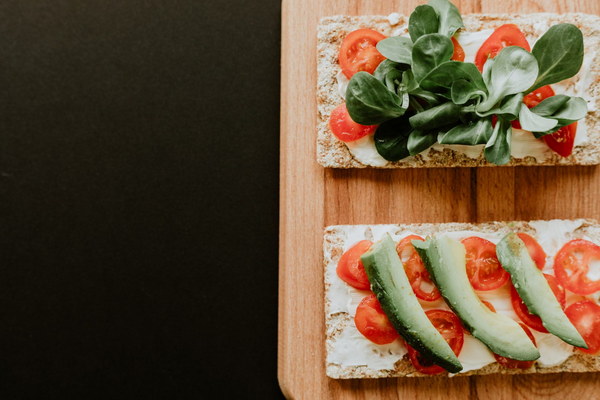Traditional Chinese Medicine A Holistic Approach to Treating Athlete's Foot
Athlete's foot, a common fungal infection of the feet, can be both uncomfortable and embarrassing. While modern medicine offers various treatments, traditional Chinese medicine (TCM) offers a holistic approach to treating athlete's foot. In this article, we will explore the key components of TCM and how they can help alleviate the symptoms and cure the infection.
1. Understanding Athlete's Foot in TCM
In TCM, athlete's foot is known as tinea pedis, and it is believed to be caused by an imbalance in the body's Yin and Yang. This imbalance can lead to a damp and cold condition, which creates an environment conducive to the growth of fungi. To treat athlete's foot, TCM focuses on restoring the body's Yin and Yang balance and eliminating dampness and coldness.
2. Acupuncture
Acupuncture is one of the most popular TCM treatments for athlete's foot. By inserting fine needles into specific acupoints on the body, practitioners aim to stimulate the body's natural healing processes and restore balance. Common acupoints used for treating athlete's foot include:
- Stomach 36 (ST36): This point is located on the lower leg, between the knee and ankle, and is known for its ability to boost the immune system and promote overall health.
- Kidney 3 (KID3): Located on the inner ankle, this point is believed to strengthen the kidneys and improve the body's resistance to infections.
- Liver 3 (LIV3): Situated on the big toe, this point is associated with the liver's function and can help regulate the body's Yin and Yang.
3. Herbs
Herbal remedies are another essential aspect of TCM for treating athlete's foot. Certain herbs are believed to have antifungal properties and can help eliminate dampness and coldness from the body. Common herbs used for athlete's foot include:
- Chinese skullcap (Scutellaria baicalensis): This herb has anti-inflammatory and antifungal properties, making it effective in treating athlete's foot.
- Licorice root (Glycyrrhiza uralensis): Known for its ability to harmonize the body's Yin and Yang, licorice root can help restore balance and eliminate dampness.

- Chinese peony (Paeonia lactiflora): This herb has antifungal properties and is believed to strengthen the body's defense against infections.
4. Diet and Lifestyle Changes
In addition to acupuncture and herbal remedies, TCM emphasizes the importance of diet and lifestyle changes in treating athlete's foot. Here are some tips to help you combat the infection:
- Avoid spicy, greasy, and cold foods, as these can exacerbate dampness and coldness in the body.
- Eat more warm and dry foods, such as soups and stews, to help eliminate dampness.
- Wear breathable, natural fabrics, like cotton, to keep your feet dry and prevent the growth of fungi.
- Change your socks and shoes regularly, especially if you sweat a lot.
- Practice foot hygiene by washing your feet with warm water and drying them thoroughly after showering or exercising.
5. Prevention
Preventing athlete's foot is just as important as treating it. To keep the infection at bay, consider the following preventive measures:
- Keep your feet clean and dry, as fungi thrive in damp environments.
- Wear sandals or flip-flops in public areas, such as showers and locker rooms, to prevent the spread of fungi.
- Avoid sharing personal items, such as towels and socks, with others.
- Treat any existing skin conditions, such as eczema or psoriasis, to prevent the development of athlete's foot.
In conclusion, traditional Chinese medicine offers a holistic approach to treating athlete's foot. By addressing the root causes of the infection and restoring balance to the body, TCM can help alleviate symptoms and cure the infection. Incorporating acupuncture, herbal remedies, diet, and lifestyle changes can provide a comprehensive treatment plan that can help you say goodbye to athlete's foot for good.









